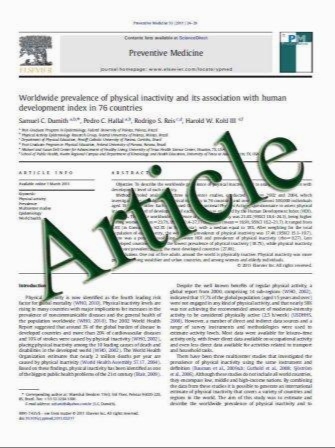Prophylactic Inferior Vena Cava Filters in High-Risk Bariatric Surgery
- نوع فایل : کتاب
- زبان : انگلیسی
- مؤلف : Khashayar Vaziri & J. Devin Watson & Amy P. Harper & Juliet Lee & Fredrick J. Brody & Shawn Sarin & Elizabeth A. Ignacio & Albert Chun & Anthony C. V
- چاپ و سال / کشور: 2010
Description
Background Bariatric patients are at significant risk for venous thromboembolism (VTE) and a subset may benefit from retrievable inferior vena cava filters (rIVCFs). Optimal VTE prophylaxis and a consensus on factors which make bariatric patients high risk have not been established. This study describes our experience with the use of rIVCFs in combination with chemoprophylaxis for high-risk bariatric surgery patients. Methods A retrospective review was performed of highrisk patients bariatric surgery patients. Patients with a hypercoaguable condition, prior history of VTE, body mass index (BMI)>55 kg/m2 , and severe immobility were considered high risk. Patients underwent rIVCF placement and standard chemoprophylaxis. A venogram was performed at retrieval. Results Forty-four patients, age of 48±12 years and BMI of 58.4±9.4 kg/m2 underwent gastric bypass with rIVCF placement. Follow-up was 204 days. One patient had a preoperative deep venous thrombosis (DVT). All patients received chemoprophylaxis and rIVCF placement. Indications for rIVCF were BMI (68%), prior VTE (30%), and immobility (2%). The operation was performed laparoscopically in all patients, and the mean operative time was 106.1±21.6 min and length of stay was 3.1±1.2 days. Postoperative venous duplex revealed two DVTs (5%). Retrieval was successful in 28 patients. No significant thrombus was found on venogram. Two minor complications of filter placement occurred. One mortality occurred due to MI, and no pulmonary emboli were clinically evident. Conclusions rIVCFs in our cohort of high-risk bariatric surgery patients was associated with an acceptably low incidence of DVT (5%) and no clinically evident PE. Despite safe removal after long dwell times, previous data suggest that rIVCFs are associated with a higher incidence of VTE. Thus, filters, if placed, should be removed once the risk of VTE has passed. Larger multicenter studies are needed to truly identify long-term safety and efficacy of rIVCFs.
OBES SURG DOI 10.1007/s11695-010-0301-1


